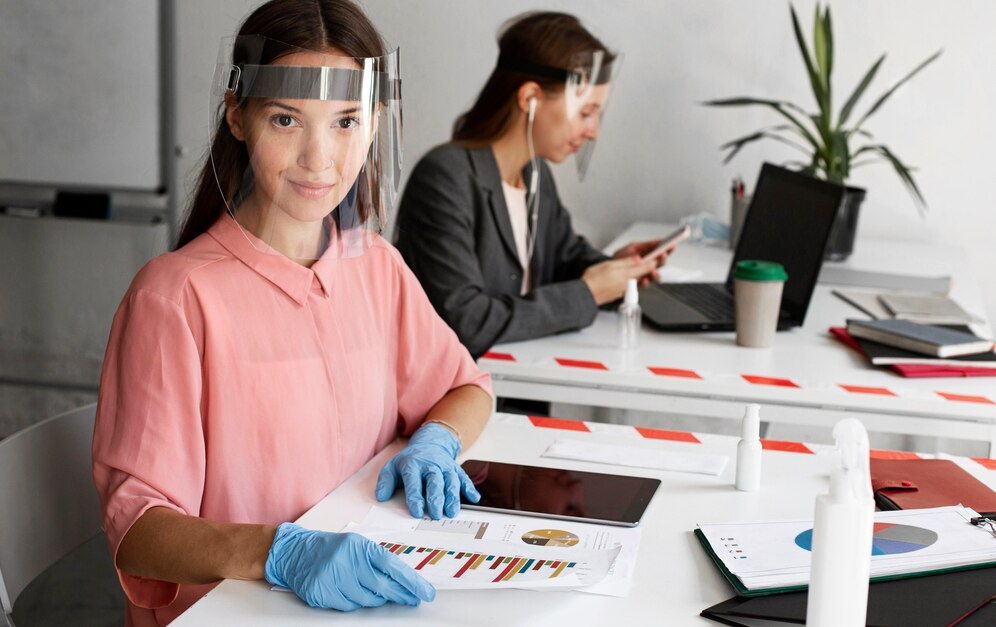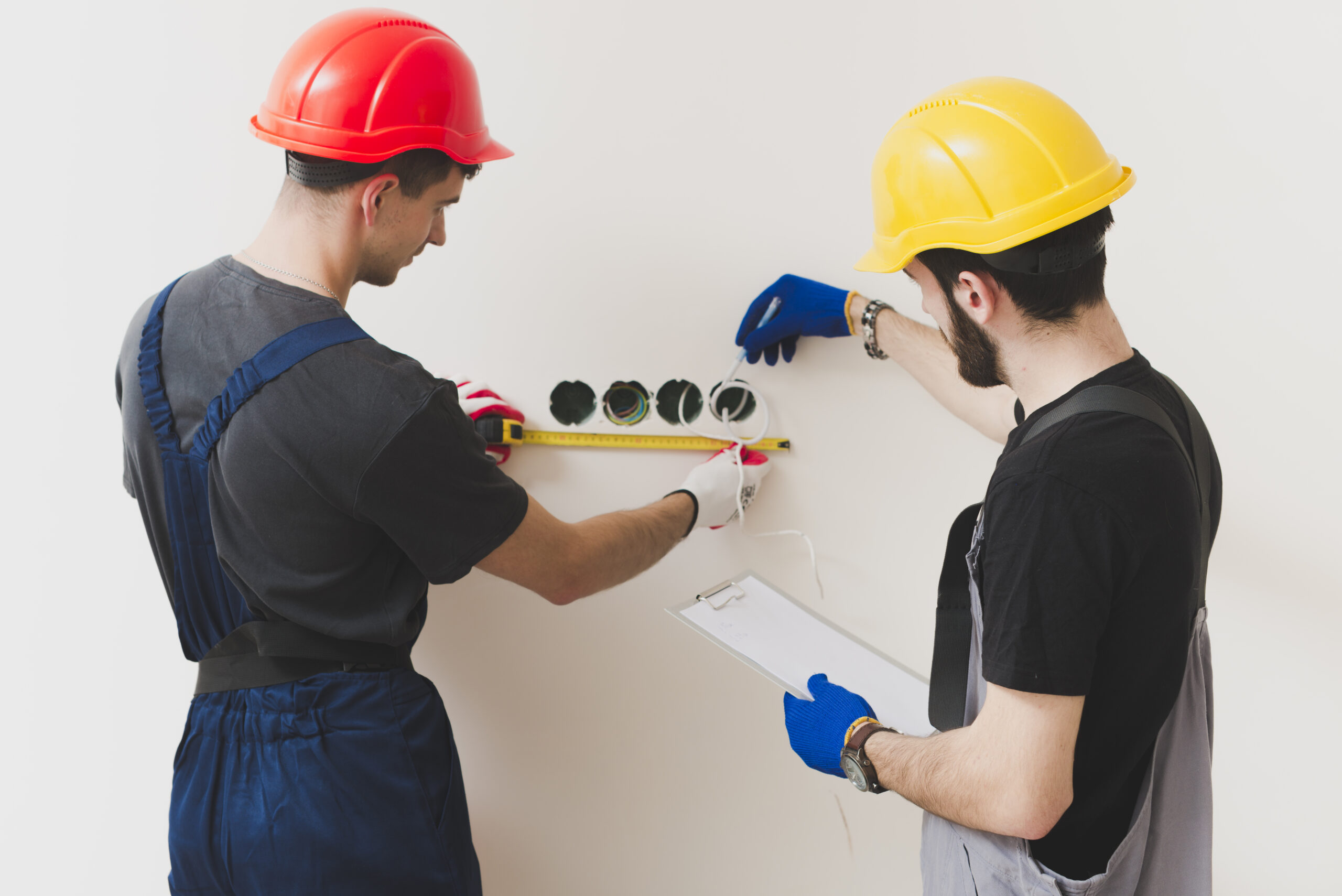Lead contamination poses serious health risks, especially in urban areas like New York City where older buildings may still have lead-based paint. One of the most effective ways to detect lead presence is through X-ray fluorescence (XRF) testing. In NYC, XRF lead testing is a crucial process for homeowners, property managers, and tenants to ensure a safe living environment. In this article, we will explain what happens during an XRF lead test, how it works, and why it is a key step in complying with local regulations.
What is an XRF Lead Test?
XRF lead testing is a non-destructive testing method used to identify the presence of lead in surfaces, most commonly in paint. The method utilizes X-ray fluorescence technology, where a handheld device emits a low-level X-ray to detect and measure lead content without damaging the tested surface. This type of testing is often required for older residential buildings and renovation projects in New York City to meet compliance with the city’s lead safety regulations.
Why is XRF Lead Testing Important in NYC?
The importance of XRF lead testing in New York City cannot be overstated. The city has a history of older buildings constructed before the ban on lead-based paint in the 1970s. Consequently, many apartments, houses, and commercial properties still have surfaces containing lead paint. Lead exposure can cause severe health issues, particularly for young children, pregnant women, and pets. Health risks include developmental delays, learning difficulties, and neurological damage.
In NYC, Local Law 1 of 2004 mandates that landlords and property owners conduct XRF lead inspections to identify and mitigate lead hazards. Compliance is essential to avoid penalties and, more importantly, to ensure a safe environment for occupants.
How Does an XRF Lead Test Work?
1. Initial Assessment
Before conducting an XRF lead test, a certified lead inspector will conduct an initial assessment to identify areas where lead-based paint is likely to be present. This includes checking locations with peeling or deteriorating paint and high-friction areas like window sills, doors, and staircases. The assessment helps determine the specific spots where the XRF test should be performed.
2. Use of Handheld XRF Device
The XRF testing process begins with a certified inspector using a handheld XRF analyzer. The device works by emitting X-ray beams onto the surface being tested. These beams interact with the atoms in the paint layers, causing them to emit secondary (fluorescent) X-rays. The device then detects these secondary X-rays to determine the presence and concentration of lead.
3. Data Analysis
The handheld XRF device provides a real-time analysis of lead content, displaying the results on a screen. If the test shows that the lead concentration exceeds the EPA’s action level of 1.0 mg/cm², the area is considered a lead hazard and must be addressed.
4. Reporting and Documentation
Once the testing is complete, the inspector will compile the results into a detailed report. This report will include information on the location and concentration of lead, recommendations for abatement or remediation, and certification that the property has undergone proper lead testing as per NYC regulations. Property owners are required to keep this documentation for future reference and compliance verification.
Who Can Perform an XRF Lead Test in NYC?
In New York City, XRF lead testing must be conducted by a certified lead inspector or risk assessor who is trained and accredited. This ensures that the testing meets regulatory standards and that the results are accurate. Certification typically involves passing an accredited training program and maintaining continuing education requirements to stay up-to-date with the latest testing protocols and safety measures.
When Should an XRF Lead Test Be Conducted?
There are several scenarios in which an XRF lead test is necessary in NYC:
- Before Renting or Selling Older Properties: Landlords and property owners must inspect properties built before 1960, or those built between 1960 and 1978 where lead-based paint is suspected.
- During Renovations or Remodeling: Disturbing old paint during construction projects can release lead dust into the air, posing health risks to workers and residents. Conducting an XRF lead test ensures safety measures can be taken.
- After a Child Tests Positive for Lead Poisoning: If a child living in a property is found to have elevated blood lead levels, the local health department may require the property owner to conduct an XRF lead inspection.
- Regular Maintenance Checks: As a proactive safety measure, property managers may schedule periodic inspections to detect potential lead hazards and take corrective action.
What Happens After an XRF Lead Test?
1. Lead Abatement or Remediation
If the XRF test detects lead at hazardous levels, the next step is to implement abatement or remediation procedures. This may include encapsulating the lead-based paint, removing the paint, or replacing contaminated components like windows and doors. Abatement efforts must be carried out by certified contractors who follow strict safety guidelines to prevent further contamination.
2. Clearance Testing
After lead abatement, a follow-up inspection known as clearance testing is required to ensure that lead dust and residues have been thoroughly removed. Clearance testing also involves XRF analysis and dust wipe sampling. The property can only be deemed safe for occupancy once the clearance testing results confirm no detectable levels of lead.
3. Ongoing Monitoring and Maintenance
Even after lead abatement, ongoing monitoring and maintenance are crucial to prevent the re-emergence of lead hazards. Property owners should routinely inspect high-risk areas for signs of paint deterioration and take immediate corrective action if needed. Regular XRF testing may be recommended for properties with a history of lead issues.
Benefits of XRF Lead Testing in NYC
XRF lead testing offers several advantages for property owners and residents in New York City:
- Non-Destructive Testing: The process does not damage surfaces, allowing for thorough inspection without compromising the integrity of the property.
- Quick and Accurate Results: XRF analyzers provide instant readings, enabling rapid decision-making for lead abatement.
- Regulatory Compliance: Conducting XRF lead tests helps property owners comply with NYC’s lead safety laws, avoiding potential fines and legal issues.
- Health and Safety Assurance: Ensures that living spaces are free from hazardous lead levels, protecting the well-being of occupants, especially young children and vulnerable populations.
How to Prepare for an XRF Lead Test
Property owners can take certain steps to prepare for an XRF lead test:
- Identify Potential Lead Hazards: Before the inspection, review areas of the property where paint is chipped or peeling, as these are likely to contain lead.
- Ensure Easy Access to All Areas: Make sure the inspector has access to all rooms, closets, and high-risk areas such as window sills, baseboards, and door frames.
- Minimize Dust and Clutter: Clear away dust and clutter that may obstruct the inspector’s view or interfere with the testing process.
- Inform Occupants: If the property is occupied, notify tenants or residents about the upcoming inspection to ensure their cooperation and safety.
Conclusion
In New York City, XRF lead testing plays a vital role in identifying and mitigating lead hazards, particularly in older buildings. Understanding what happens during the test can help property owners take proactive measures to ensure compliance and maintain a safe living environment. Whether it’s for pre-rental inspections, renovation projects, or responding to lead poisoning cases, XRF testing remains an essential tool in the fight against lead exposure.






